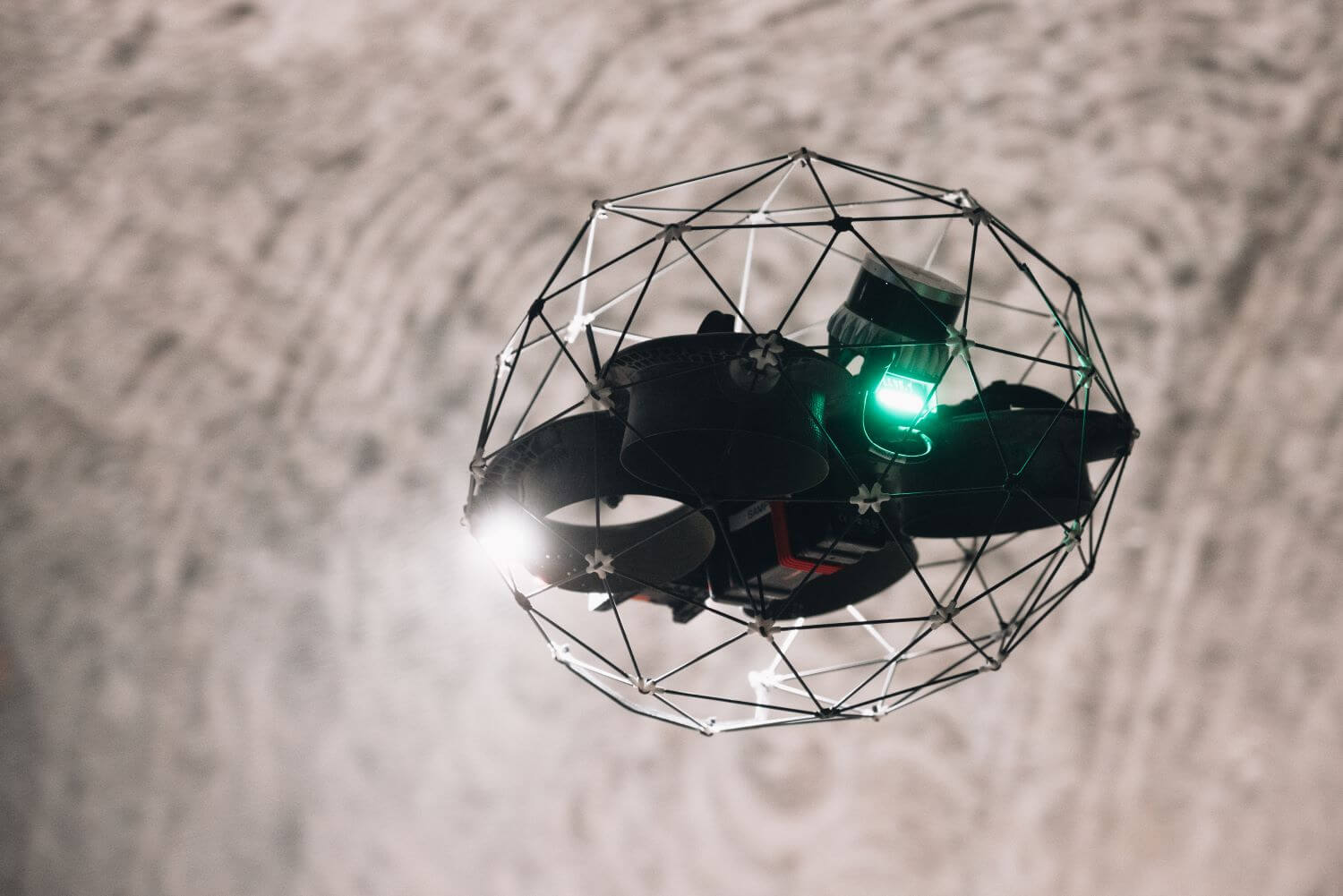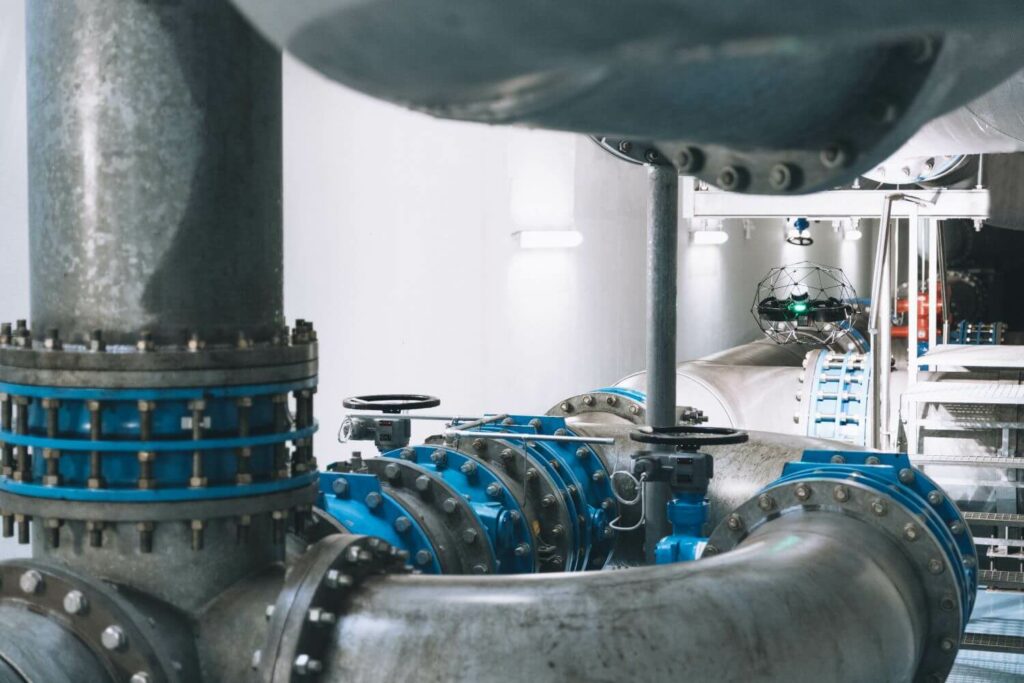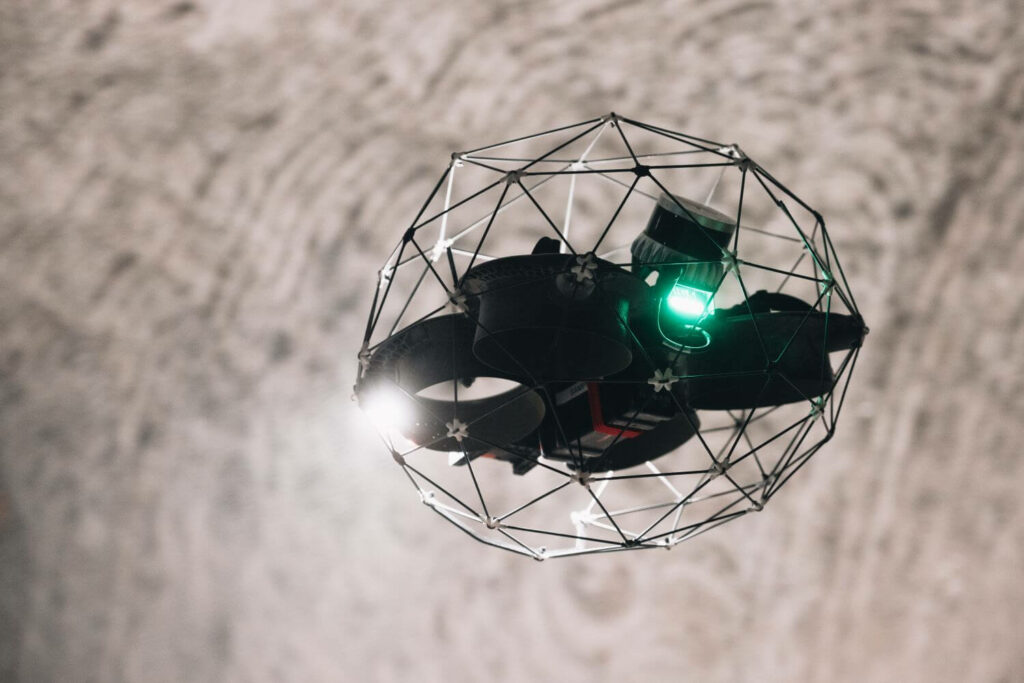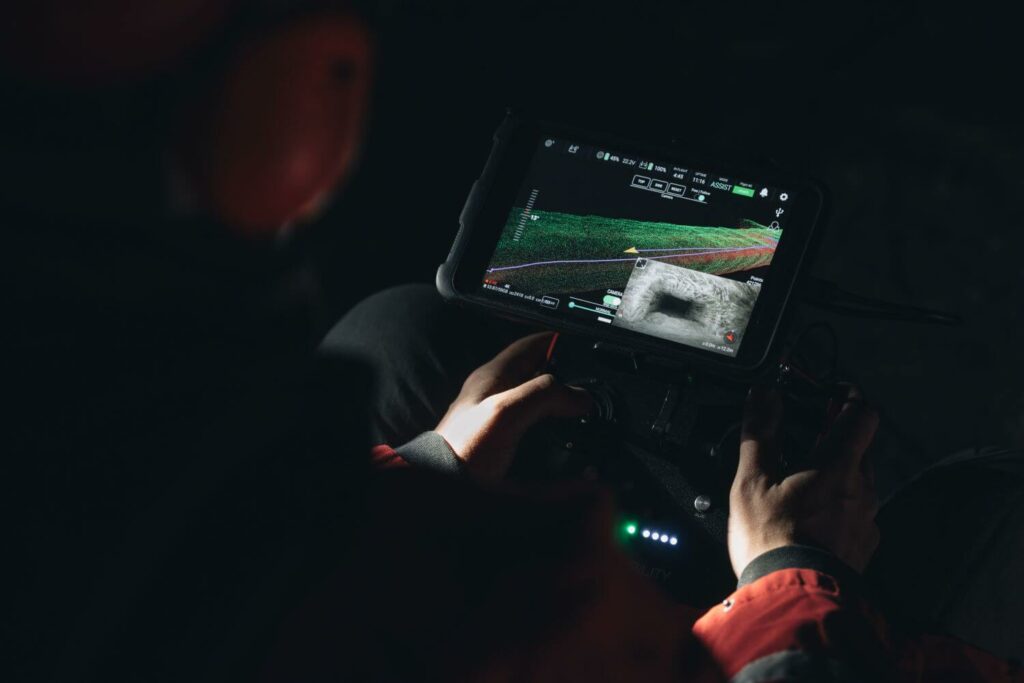
Drone Technology in Hazardous and Confined Space Inspections
Drone technology is significantly impacting the inspection of hazardous and confined spaces.
We have been building our expertise and capabilities in leveraging these innovative technologies.
Introduction
We are currently witnessing tremendous change when it comes to infrastructure remediation where the integration of advanced tools has revolutionised traditional practices. Drone technology has become a cornerstone in the modernisation of inspection processes, especially in projects involving dangerous and hazardous environments.
Traditional methods that required workers to physically enter these spaces posed numerous risks and inefficiencies. Now, with the advent of drone technology in concrete remediation, these risks are substantially mitigated, paving the way for safer, more effective inspection methods.
Why Drones?
The use of drones in remediation work, particularly for access and inspections, is driven by the need to improve safety and efficiency. Drones eliminate the need for workers to directly interact with potentially dangerous environments. They can swiftly navigate through complex structures, providing real-time data that is critical for making informed decisions.
This capability not only enhances safety but also improves the thoroughness and accuracy of inspections, aligning with the best practices in concrete remediation.
Advanced Capabilities of Drones
Equipped with cutting-edge technologies like high-resolution cameras, thermal imaging and advanced sensors, drones can identify structural vulnerabilities that are often invisible to the naked eye.
This includes detecting issues in reinforced concrete pipes or identifying the need for concrete foundation repair. The data collected by drones allows for a comprehensive assessment of infrastructure health, ensuring that all potential problems are addressed promptly and efficiently.
Safety First
Integrating drone technology in remediation works significantly enhances worker safety. By using drones for inspections, companies can reduce the physical presence of their employees in hazardous areas, thus minimising the risk of accidents.
This not only protects workers but also reduces the company’s liability and the associated costs of workplace accidents, insurance and compliance with safety regulations.
Efficiency and Cost-Effectiveness
Drones streamline the inspection process, completing tasks in a fraction of the time required by traditional methods. Other benefits are the necessity for fewer onsite resources when conducting inspections and less interruption to the community.
This efficiency translates into direct cost savings, as less time spent on inspections means more time devoted to other tasks – possibly other projects or the repair and maintenance work that follows.
Additionally, the early detection of structural issues through detailed drone inspections can prevent costly repairs and downtime, further enhancing the financial benefits.
Real-Time Data for Real-Time Decisions
The real-time, actionable data provided by drones is a game-changer for the concrete remediation industry. It enables companies to make swift, informed decisions about their maintenance and repair strategies.
This agility enhances the ability to respond to issues, optimise maintenance schedules and ensure that resources are allocated effectively, thereby maximising operational efficiency.
Our Expertise
We’ve invested in utilising drone technology for hazardous and confined space inspections. Our expertise extends beyond simple drone operation to encompass in-depth data analysis and strategic maintenance planning.
This approach ensures that clients receive not just data but solutions that enhance their infrastructure’s safety and longevity.
Drone Inspection for Hazardous and Confined Spaces
The specific use of drones for inspecting hazardous and confined spaces has become a critical component of modern concrete remediation practices.
These drones are specially equipped to handle the complexities of navigating tight spaces where traditional inspection methods are too risky or impractical. The ability of drones to enter these spaces without compromising safety or data integrity makes them an invaluable tool in the infrastructure remediation toolkit.



Conclusion
Drone technology has significantly enhanced the inspection of hazardous and confined spaces within the concrete remediation industry.
By improving safety, increasing efficiency and providing detailed real-time data, drones are revolutionising the way companies approach access, inspection and repair.
Our team is at the forefront of this technological revolution, offering services that leverage the full potential of drones to meet the evolving needs of modern industries. For companies looking to adopt cutting-edge infrastructure remediation methodologies, the benefits are clear and compelling: enhanced safety, reduced costs and improved operational efficiency.